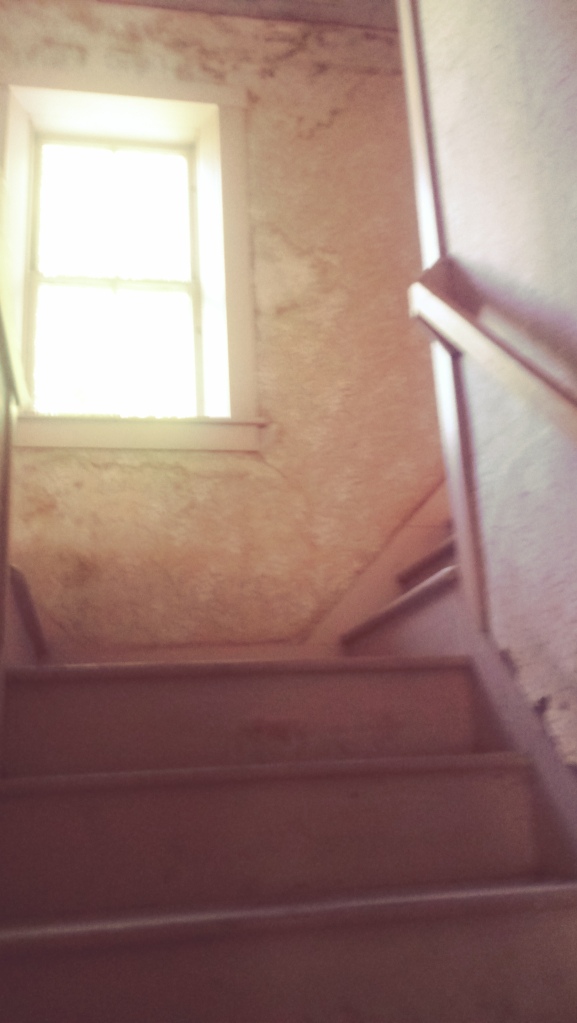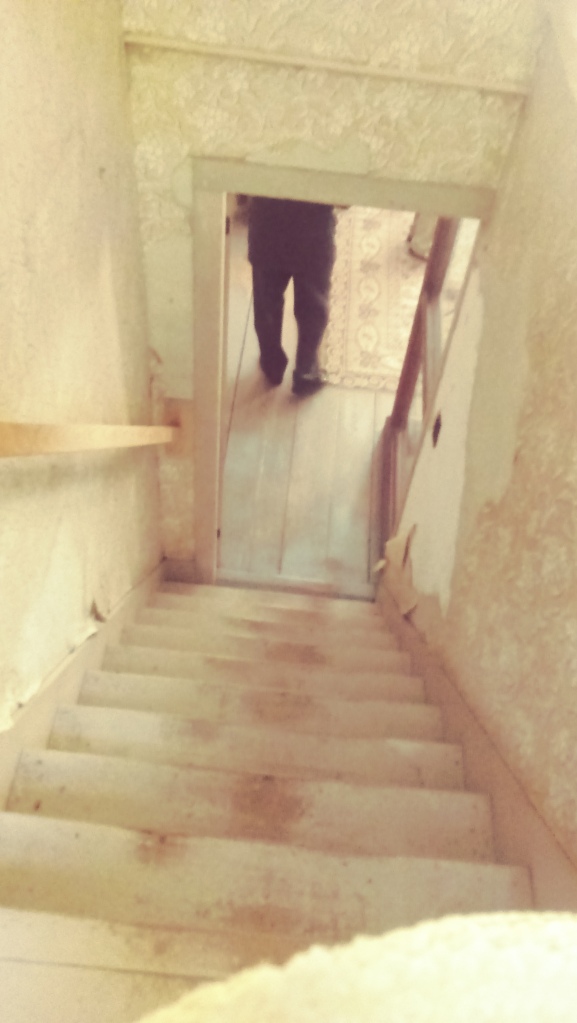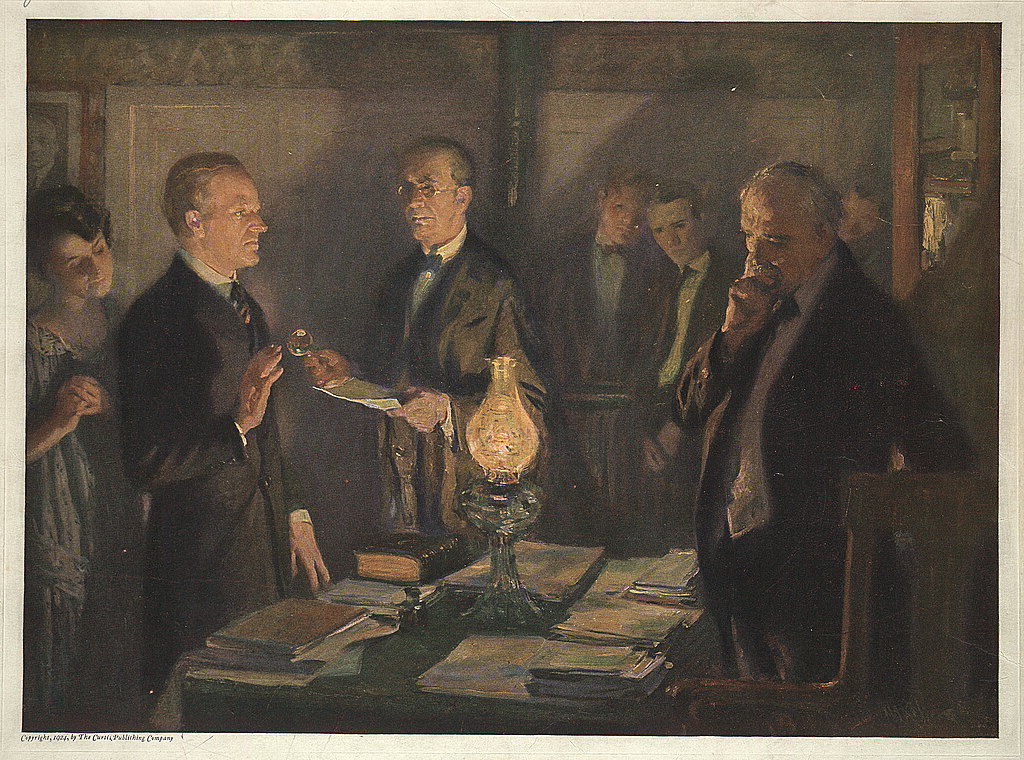
“On the night of August 2, 1923, I was awakened by my father coming up the stairs calling my name. I noticed that his voice trembled. As the only times I had ever observed that were when death had visited our family, I knew that something of the gravest nature had occurred.
“His emotion was partly due to the knowledge that a man whom he had met and liked was gone, partly to the feeling that must possess all our citizens when the life of their President is taken from them.
“But he must have been moved also by the thought of the many sacrifices he had made to place me where I was, the twenty-five mile drives in storms and in zero weather over our mountain roads to carry me to the academy and all the tenderness and care he had lavished upon me in the thirty-eight years since the death of my mother in the hope that I might sometime rise to a position of importance, which he now saw realized.
“He had been the first to address me as President of the United States. It was the culmination of the lifelong desire of a father for the success of his son.
“He placed in my hands an official report and told me that President Harding had just passed away. My wife and I at once dressed.

“Before leaving the room I knelt down and, with the same prayer with which I have since approached the altar of the church, asked God to bless the American people and give me power to serve them.
“My first thought was to express my sympathy for those who had been bereaved and after that was done to attempt to reassure the country with the knowledge that I proposed no sweeping displacement of the men then in office and that there were to be no violent changes in the administration of affairs. As soon as I had dispatched a telegram to Mrs. Harding, I therefore issued a short public statement declaratory of that purpose.
“Meantime, I had been examining the Constitution to determine what might be necessary for qualifying by taking the oath of office. It is not clear that any additional oath is required beyond what is taken by the Vice-President when he is sworn into office. It is the same form as that taken by the President.
“Having found this form in the Constitution I had it set up on the typewriter and the oath was administered by my father in his capacity as a notary public, an office he had held for a great many years.

“The oath was taken in what we always called the sitting room by the light of the kerosene lamp, which was the most modern form of lighting that had then reached the neighborhood. The Bible which had belonged to my mother lay on the table at my hand. It was not officially used, as it is not the practice in Vermont or Massachusetts to use a Bible in connection with the administration of an oath.

“Besides my father and myself, there were present my wife, Senator Dale, who happened to be stopping a few miles away, my stenographer [Erwin C. Geisser], and my chauffeur [Joseph M. McInerney].
“The picture of this scene has been painted with historical accuracy by an artist named [Arthur J.] Keller, who went to Plymouth for that purpose. Although the likenesses are not good, everything in relation to the painting is correct.” (Calvin Coolidge, Autobiography)
